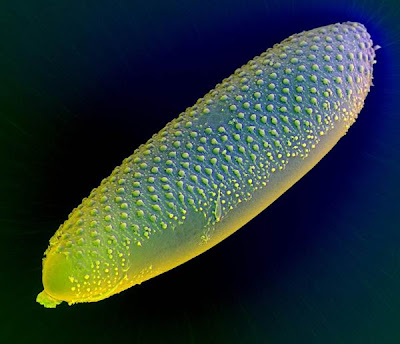As you recall I identified the raptor that flew into our window this week as a Merlin. Not so say my expert ornithologist friends. They identified the beast as an immature sharp shinned hawk. I agree.
The slender, long-bodied sharp-shinned hawk has short, rounded wings and a long, narrow tail. The adult has a dark, blue-gray back and a rusty-barred breast; immature hawks have more brown, with streaking on the underparts. The sexes are similar in appearance, but the female is about one-third larger than the male. Like all accipiters (a genus of small hawks with short wings and long tails), the sharp-shinned flies with several quick wing beats and a glide.
Sharp-shinned hawk populations declined in the 1970s due to eggshell thinning caused by pesticide contamination in their prey. Although pesticides no longer play as large a role in the decline of sharp-shinned populations today, the species is still affected by other factors, like the loss of habitat. Collisions with plate glass doors and picture windows are responsible for the deaths of many sharp-shinned hawks annually. The glass reflects the surrounding woods and cannot be readily distinguished by a hawk chasing prey or seeking cover.
The hawks usually bring their prey to a feeding perch or log. Such logs, and the feathers, fur or animal parts near them, are characteristic of the territory of sharp-shinned hawks and other accipiters.
The sharp-shinned hawk is the smallest North American accipiter. Its short wings and body design allow it to capture other birds while flying through thick woodlands.
This hawk gets its name from its flattened, thin "shins" or shanks.





























































